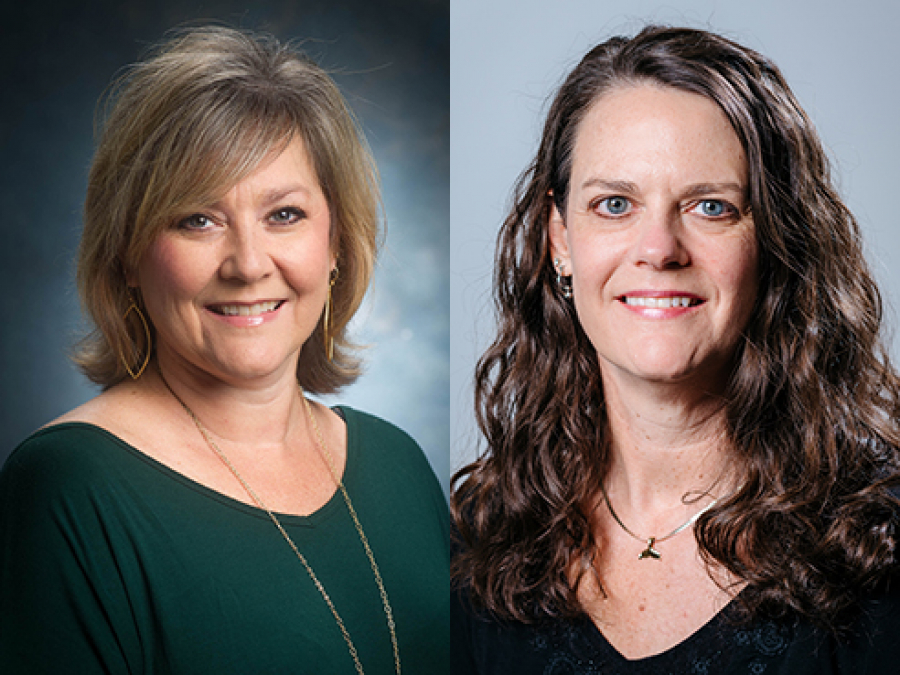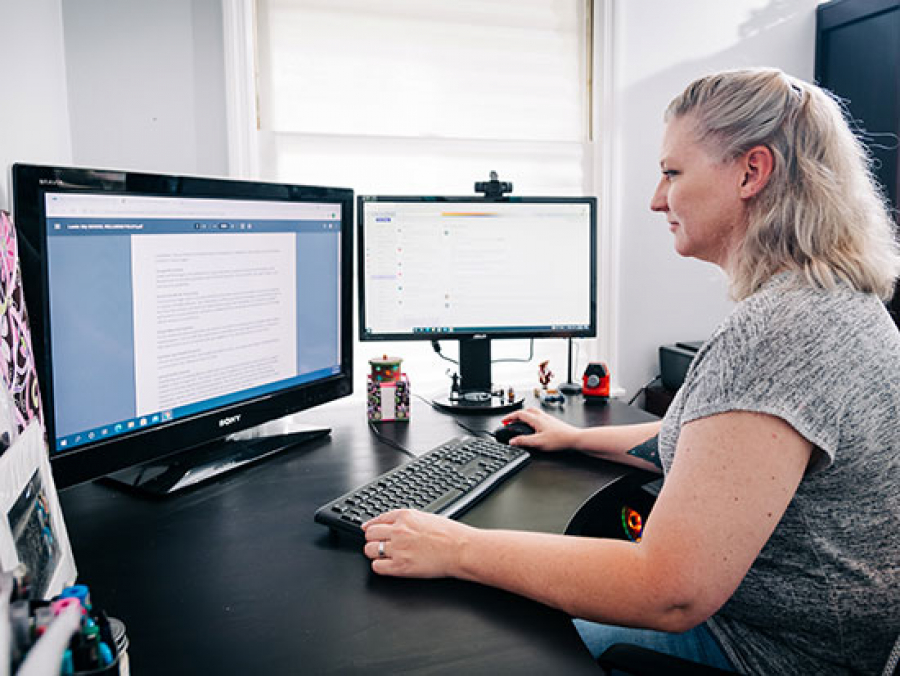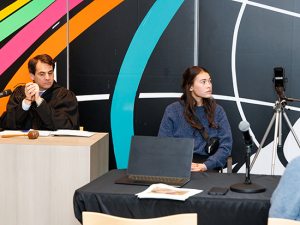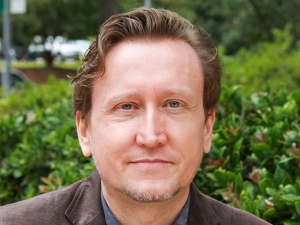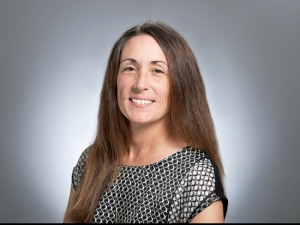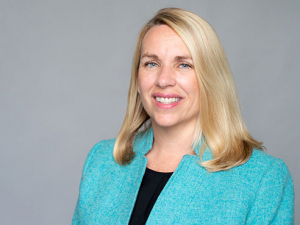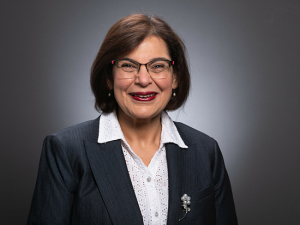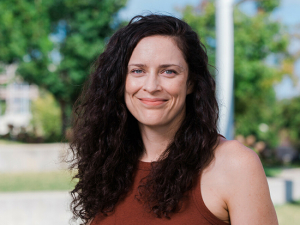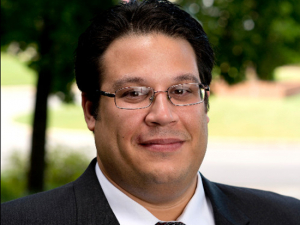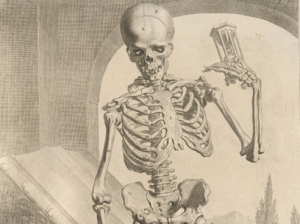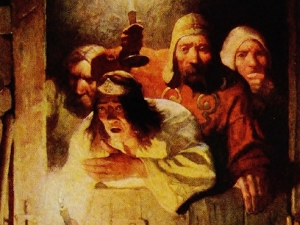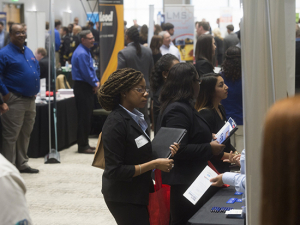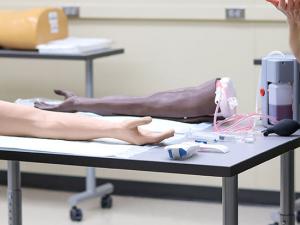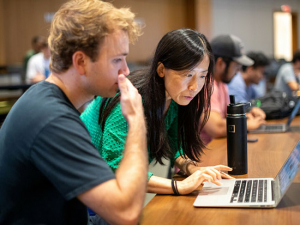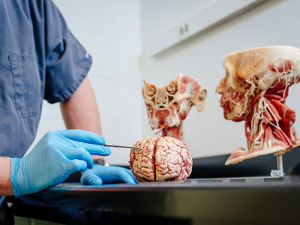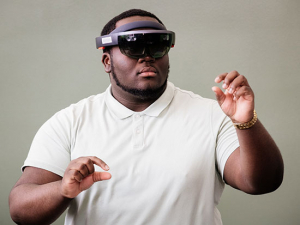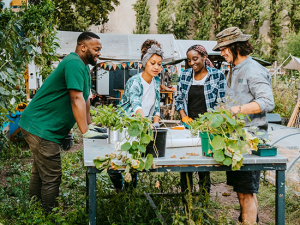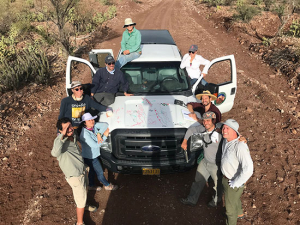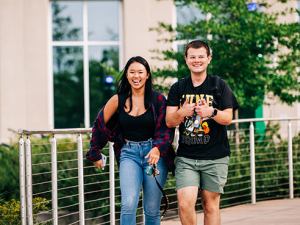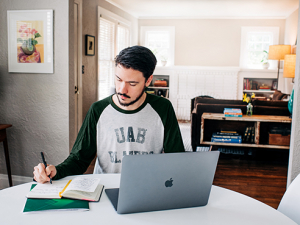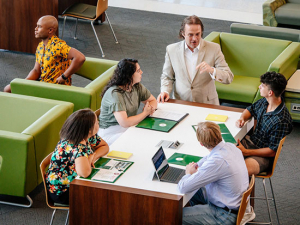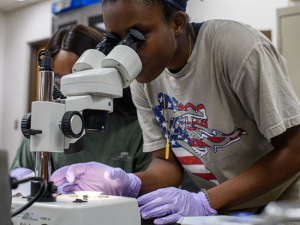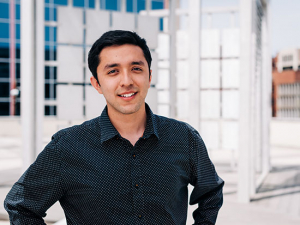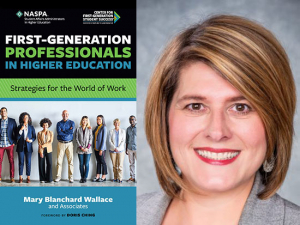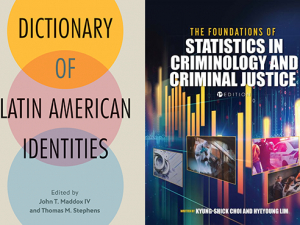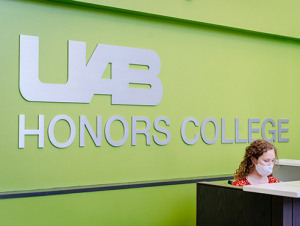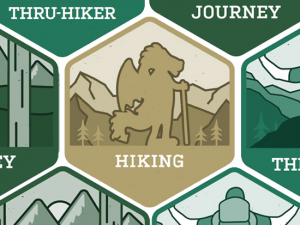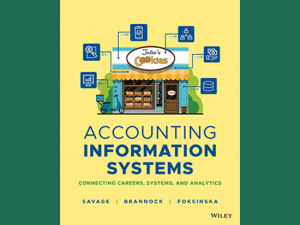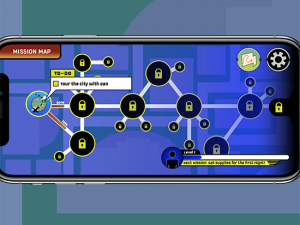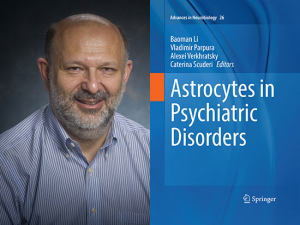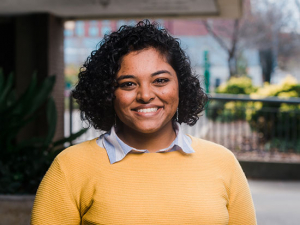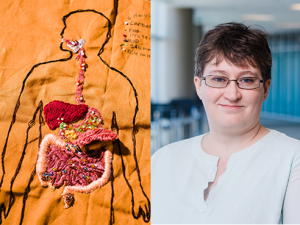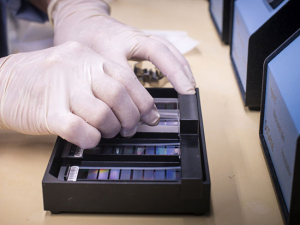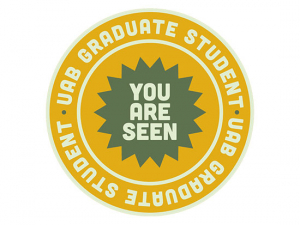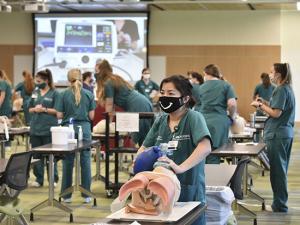Carver High School senior Josh Pruitt was excited about the opportunity he and his classmates had to compete at the Alabama Robotics Competition April 21, even if they were dragging a little bit once they got to the University of Alabama campus in Tuscaloosa.
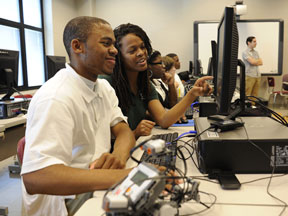 |
| UAB student Dalorion Johnson (right) works with Carver High School student Josh Pruitt during his robotics class. |
“To be honest, I didn’t think we would do well at all,” Pruitt says. “I was out the week before on a field trip, and we had prom night the night before the competition, too. I was tired. But we had to get past the sleepiness and do our best to bring a trophy back to school.”
Pruitt and his classmates did better than that. They brought home two.
Carver students shocked the competition winning both first- and third-place honors among 40 competing teams from 15 high schools around the state. The competitors included three nationally ranked schools, and Carver was the only urban school competing. Oh, and the students did all of this despite just learning robotics programming in January.
“This really is unheard of success for a school competing for the first time — and an inner-city school at that,” says Michael Wyss, Ph.D., director of UAB’s Community Outreach and Development (CORD) program, which trained the students through a National Science Foundation-Broadening Partnership in Computing (NSF-BPC) grant. “We thought one of the teams might place in the competition, but both of them did. It’s just an unbelievable feat for a group of talented students.”
| “This really is unheard of success for a school competing for the first time — and an inner-city school at that. We thought one of the teams might place in the competition, but both of them did. It’s just an unbelievable feat for a group of talented students.” |
UAB students Dalorion Johnson, Brannon Shipp and Keiah Shauku have spent the better part of the past six months training the Carver students first in the pre-Java program ALICE and robotics. CORD also taught the same program at Ramsey High School this past year. “It’s really our students who run this program, and they do an excellent job,” Wyss says.
Johnson and the other UAB students started the semester teaching them basic computer concepts. The students learned about algorithms and binary numbers, “just to get them thinking methodically and step by step,” Johnson says, before moving to robotics.
The students already had competed in the BEST Robotics competition in fall 2011, where they had to build a robot and navigate it with a remote control. That competition focused more on the mechanical side of engineering. The students had to learn how to program their robots to complete tasks for the statewide Alabama Robotics Competition. Their robots had to perform on an obstacle course and find parking places in a space it could fit in, among other tasks.
“This instruction is all about the programming — giving the robot an instruction and see it act it out,” Johnson says. “They set the parameters for what they want their robot to accomplish and tell it to move a certain amount of feet or inches. It’s another step in trying to get them to think step-by-step and solve problems in a most precise way. What we’re trying to get across is that this robot is a computer, and you have to be very specific with your instruction to get the computer to do what you want it to do.”
“These commands also are much more complex because the robots use multiple sensors,” Wyss adds. “Through this instruction, which overlays Java, the students begin to learn the underlying concepts behind this, and it will be much easier for them to access Java when they move on to it. This is laying the foundation for them to have the concepts that can move them forward.”
Engaging these students and encouraging them to continue to pursue their interests in engineering is a key focus of the NSF-BPC grant. The grant’s emphasis is on using multiple mentoring to facilitate access to the computer science education and career program for inner-city minority students in grades five through 12, with a special focus on girls.
African-American employees account for 5 percent of the total computer-software industry despite representing 14 percent of the population. Women in general are greatly under-represented in the industry, totaling approximately 20 percent.
“They’re under-represented in the profession because we don’t engage them early,” Wyss says. “Early engagement is vital to build a pipeline so the entire population can enter into the 21st century economy.”
Pruitt says he’s been interested in computers since elementary school, and when he got to high school he “decided to take a step further and pursue it.”
These students, all part of Ramsey math teacher Maia Lake’s robotics class, also will be mentors this summer for area middle-school students through this grant program.
Wyss says teachers like Lake and the results of the robotics competition highlight the possibilities for Birmingham’s inner-city students.
“The important thing to note is in a city where the media seems to picture a floundering school system, great students and teachers can achieve great successes,” Wyss says. “With a little support they can do terrific things.”

